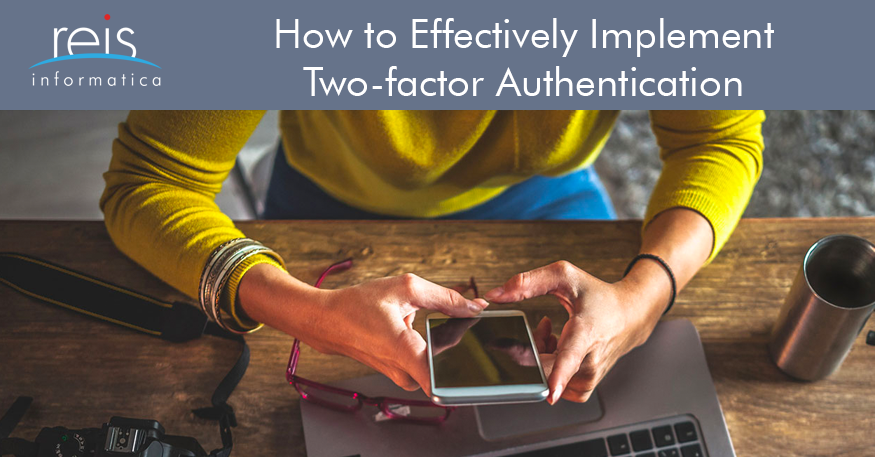Cyber attacks are on the rise, putting data privacy, brand reputation, and the bottom line at risk. From increasingly frequent and effective ransomware attacks to a deluge of phishing scams, companies are under siege, and they must respond effectively to remain secure.
While comprehensive cybersecurity services can help companies bolster their defensive posture, small changes can also go a long way toward improving your company’s cybersecurity standards. Most cyberattacks are predicated on compromised login credentials as 99 percent of hacks include a “password element,” according to Ann Johnson, corporate vice president of security, compliance, and identity business development at Microsoft.
In response, enabling multi-factor authentication can effectively secure employee and customer accounts, keeping digital infrastructure - from data to devices - secure. Here’s what you need to know about this technology and how it can keep your company data secure.

Multi-factor Authentication Explained
Multi-factor authentication, also commonly called two-factor authentication (2FA), is a second layer of security beyond traditional passwords that prevent unauthorized account access by prompting users to verify their identity with a one-time code provided by an app or web service.
This is critically important. One-third of remote workers report having an online account compromised on a work device, and a similar number never change their account passwords, even after a data breach.
When implemented correctly, 2FA can prevent threat actors from accessing employee or customer accounts even if a username and password combinations are compromised.
According to a Microsoft analysis, 2FA blocks 99.9 percent of automated cyberattacks, making it a simple, readily available cybersecurity solution for every company. Several high-profile cybersecurity incidents, including the recent Colonial Pipeline attack, would have been prevented if employee accounts had 2FA enabled.
For businesses, the benefits are obvious. Securing accounts makes data and digital infrastructure more secure. As a result, brand reputation and customer loyalty improve while cybersecurity expenses and risk potential decrease.
The Dos and Don’ts of 2FA
2FA is key to securing accounts, but its implementation can significantly limit or enhance these security features.
In many cases, users receive 2FA credentials in the form of six digital codes sent through SMS. This approach has the benefit of allowing users to integrate healthy cybersecurity patterns into their existing and familiar workflows, but SMS includes several vulnerabilities.
Cybersecurity experts note that SMS and voice calls are shared in cleartext, making them easy to intercept using accessible tools and techniques. What’s more, 2FA codes can be phished, and threat actors can trick cell networks into transferring phone numbers to a third-party SIM card.
Meanwhile, many people sync their calls and texts to laptops and tablets that can expose verification codes if they fall into the wrong hands. 2FA represents a significant cybersecurity upgrade, but SMS and call-based verification are the least secure methods.
Instead of using SMS or call-based solutions, implement an authenticator app to verify identity. These apps don’t rely on mobile carriers to protect the information, and they are built with security in mind, making them a better solution for businesses.
For example, Duo, a provider of MFA services, allows users to choose one of three authentication methods, including Duo Push, that sends notifications directly to users’ registered devices.
Undoubtedly, some users will chaff at 2FA requirements, deciding that the process is too complicated or the services too invasive. Avoid implementing 2FA without clearly communicating its purpose, process, and limitations, assuring all users that they have the capacity to secure critical data without invoking onerous security requirements or privacy violations.
Conclusion
As companies look to enhance their cybersecurity posture in the face of growing cybersecurity threats, some solutions, like 2FA, are obvious, allowing every company to immediately enhance their defensive capabilities without surging budgets and shrinking digital capacity. In today’s dangerous digital landscape, 2FA is an easy and necessary next step for every organization.
Learn more about how our cyber security services can benefit your organization.


.png?width=1080&name=GOOGLE%20REVIEW%20(1).png)